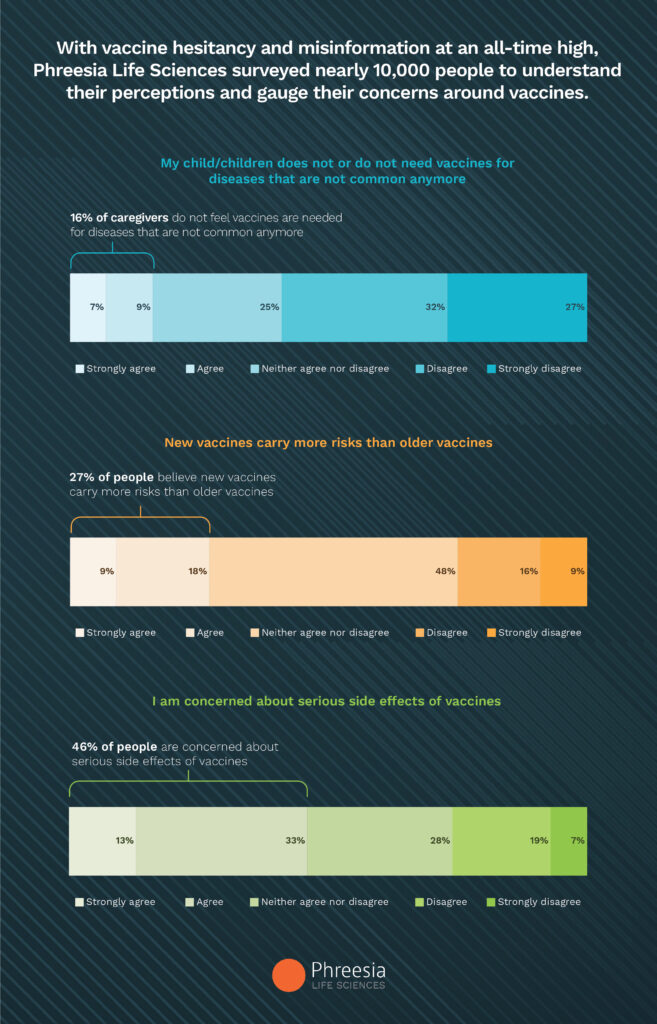Certain cancer screening types, including mammograms and colonoscopies, are well-known among patients. But lung cancer screening isn’t one of them—and even high-risk patients aren’t getting the message.
More than half of current smokers—54%—know little or nothing about lung-cancer screening, according to recent data from Phreesia Life Sciences, which surveyed more than 14,000 current and former smokers as they checked in for doctors’ appointments. And only 28% of survey participants with any smoking history—many of whom also are considered high-risk—said they were aware of lung-cancer screening.
Early detection in lung cancer is key to better chances of survival, which makes the survey figures particularly alarming. Patients who are diagnosed when their cancer is still localized to the lungs have a five-year survival rate of 61.2%, according to data from the National Cancer Institute. But that rate nosedives to just 7% for patients whose cancer has spread to other parts of their body before it’s detected.

So what can pharma marketers do to help? For starters, getting the word out about who should be screened—to both patients and doctors—is critical. Just last year, the U.S. Preventive Services Task Force expanded screening recommendations to include adults ages 50 to 80 who have a 20 pack-year smoking history and either currently smoke or have quit within the past 15 years.
Now, “doctors just don’t know about it. They don’t talk about it,” Heather Kun, CEO of nonprofit Fuck Cancer, says. And on top of that, “the criteria for being screened is beyond complicated,” she notes, pointing to the pack year count.
Patients need more education around the screening itself, too, explains Nancy Ibach, associate vice president of U.S. Oncology at Merck. Screenings consist of low-dose CT scans, and “people realizing that it is not an invasive procedure … could actually help us help others,” she says.
And he way pharma marketers communicate that information is important, Kun adds. “Make it funny, make it lighter,” she suggests. “This isn’t a big deal—you’re getting your picture taken!”
But boosting awareness alone won’t solve the problem, Phreesia survey data shows. Of the 28% of current or former smokers who said they were aware of screening, just 5% have been screened for lung cancer in the past 12 months, and only 11% plan to be screened in the next 12 months. Those stats suggest there are other hurdles to screening that marketers must address.
For one, smokers and former smokers may experience feelings of guilt or shame that stop them from getting screened. “There’s a lot of guilt, if you will, a lot of, ‘I did this to myself,’ and sometimes that can impact their ability to even undergo the screening,” Ibach says.
In some cases, those feelings may stop them from even sharing their smoking history with their doctors, Kun adds. Destigmatizing the conversation around smoking can help ensure that patients and providers can have open, honest conversations. “It’s super important to get people out of the dark to say, “‘I’m owning my risk factors,’” she says.
Patients in underserved communities may also face additional barriers, leading to later diagnoses and worse fatality rates. Currently, screening isn’t accessible enough for all patients, says Kun, who suggests expanding the technology to a certain number of community health centers per zip code.
Patients in these communities can also be less trusting of physicians, Ibach says. “We have to get into the community with the message, and we have to partner with people who can get into the community and deliver this message from a trusted source who can help them understand the details of it,” she notes.
While the challenge of upping screening rates is a big one, it’s one that comes with the opportunity to save patients’ lives, Ibach says.
“We’ve got a lot of education to do, but I do think if we as an industry within the pharma space can create more awareness, we can really change health outcomes within this particular diagnosis.”





